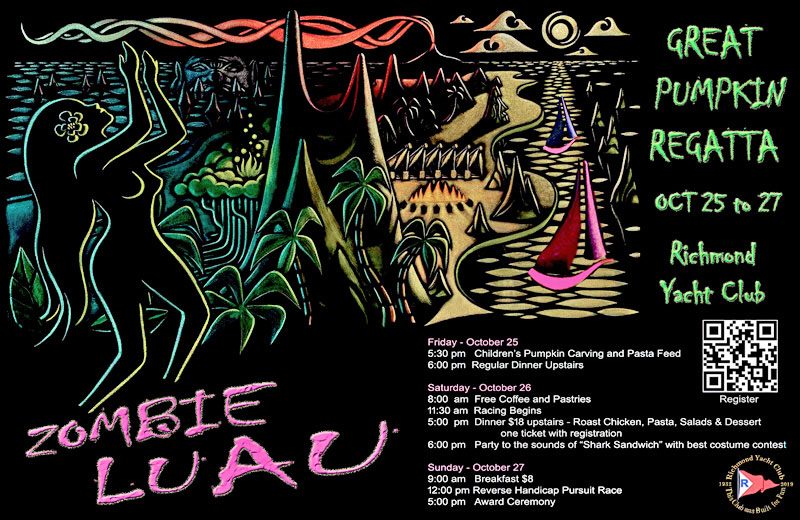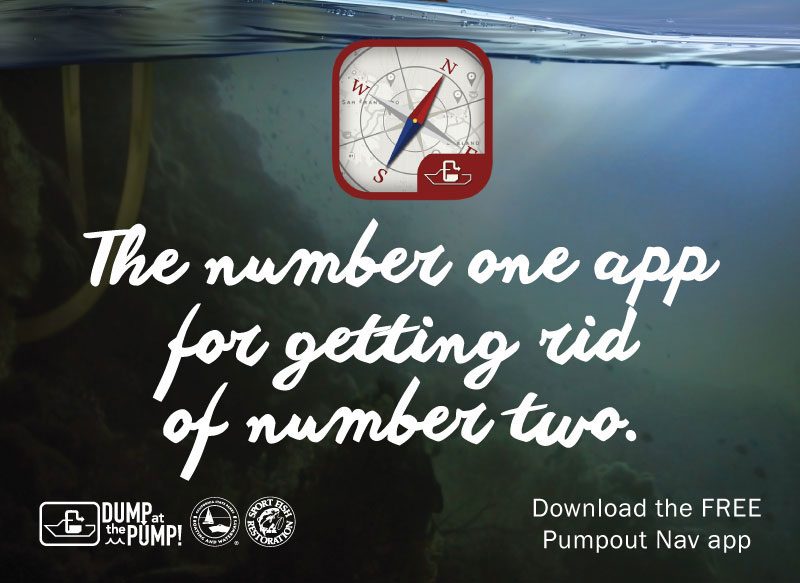
A Stampede of El Toros
A mellow Stampede ran through the Richmond Yacht Club on Sunday. The Stampede is the El Toro regatta that started it all in 1947. It’s the oldest annual race at RYC. The boats raced in Potrero Reach and off the docks at the club in a nice 10-knot westerly on smooth water. Well, mostly smooth except for the wakes caused by boat traffic heading out to watch the Fleet Week air show.
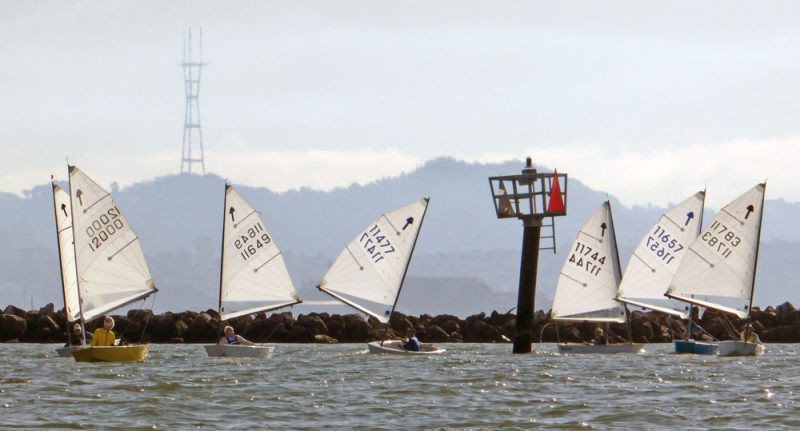
This race is rather quirky. Most of the action happens at Parents’ Point, a section of the Reach that allows an audience to watch from shore. Five races were held, the first a double windward/leeward with an adult division starting first, followed by junior sailors. The second race was to a finish back at the club, with three divisions of Lightweight, Medium and Heavy racers. Just in time for lunch entertainment, the Green Bottle Race sailed off the docks on a very short single W/L course. In the Green Bottle Race and Soda Social, you had to sail backward from the top mark to the finish. The reward for this was a bottle of gin for the winning adult and a six-pack of root beer for the winning kid.
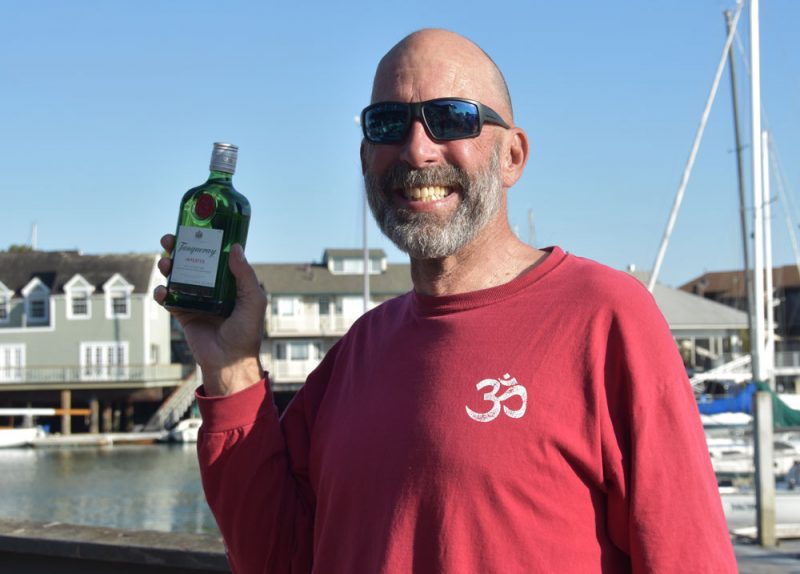
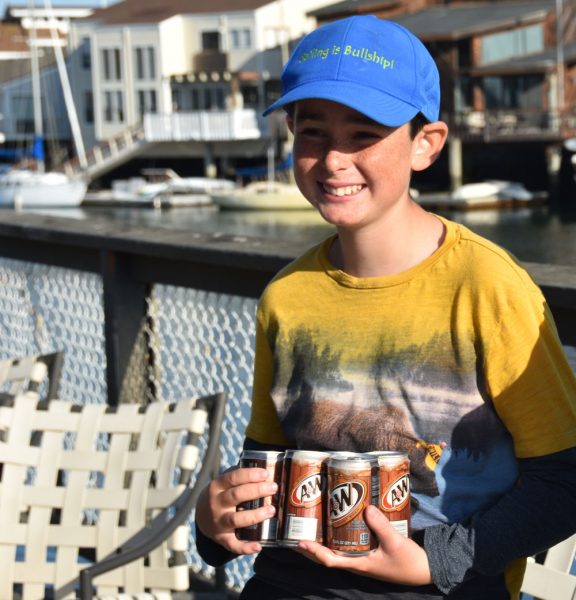
Races four and five were back in the Reach. The three adult weight classes vied for the ultimate grand prize, a bag of steer manure. Longtime Bay Area racing champ Gordie Nash’s garden will benefit.
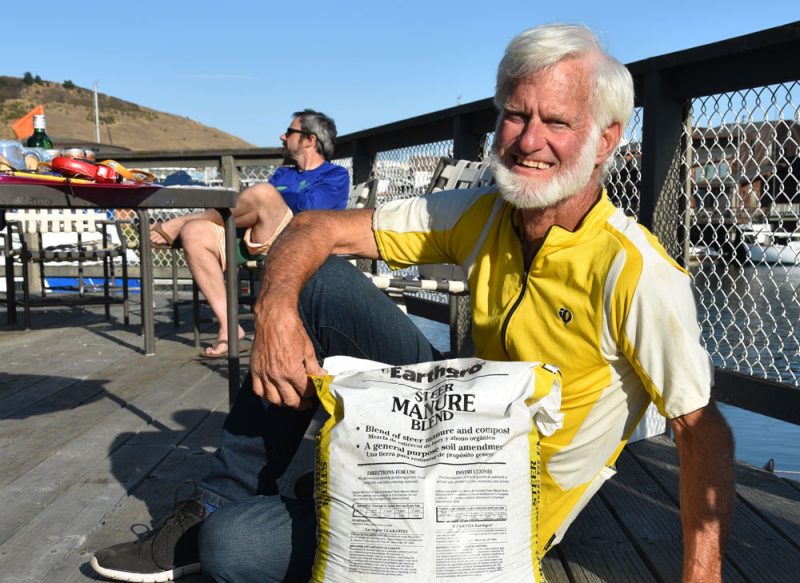
The Stampede was the final race of the Junior El Toro season, but the Senior Division has one more event, the Corkscrew Slough out of Sequoia YC in Redwood City on October 26. Learn more about all things El Toro at www.eltoroyra.org.
Caption Contest(!)
Here’s your October autumn pumpkin-spiced Caption Contest(!). As (almost) always, the winner will be announced in Loose Lips. Good luck!
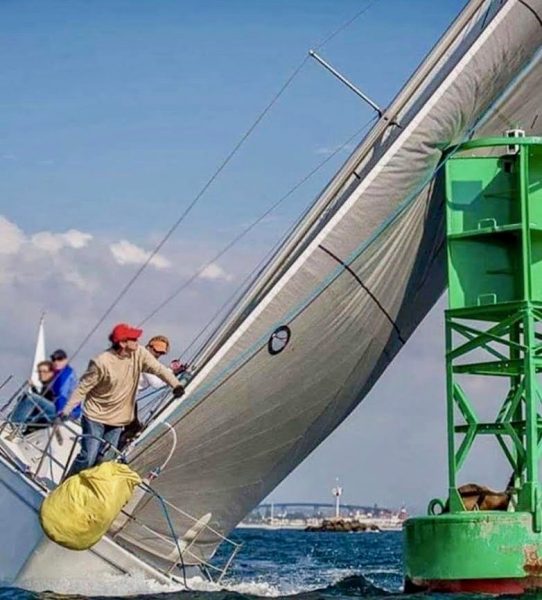
Please comment below, or email us here.
Great Pumpkin Regatta at Richmond Yacht Club
On the Righteous Path to Bay Access
After reporting on regulatory issues over the past few years, we feel like we’ve developed an existential difference in opinion with certain policy makers who often tout waterfront trails — as opposed to ramps and marinas — as the be all end all of access to the Bay. We fear that if trails satisfy enough of a demand for access, then the West Coast waterfront will turn into an aquarium where hordes of people line well-paved shores to look at an empty Bay. This may seem like an extreme view, but it’s an objective fact that there are fewer boatyards and marinas, and that existing waterways are in great need of being dredged — and all the while, trails have proliferated.
We believe in docks over trails, in other words. But as it turns out, we believe in trails, too.
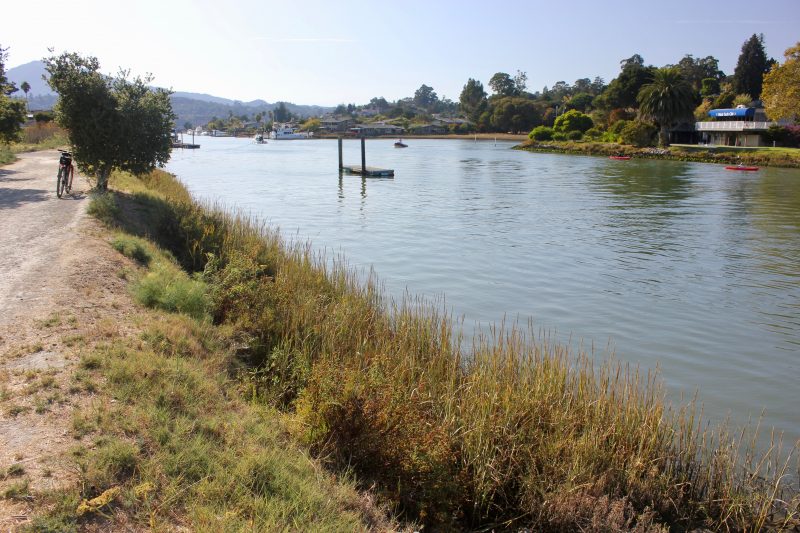
Latitude 38 recently opened a satellite office in San Quentin Village, on the west side of the Richmond/San Rafael bridge. By ‘office’, I mean that I’m renting a room in the neighborhood, and I sometimes work from home. After exploring the new neighborhood, I am happy to report that access is robust, even if it challenges this magazine’s notion of what we’d prefer access to be.
(And also, bikes are awesome.)
For months, I’ve heard about a windsurfing spot near the Marin Rod & Gun Club — I’d even drive there, but only found an endless rim of riprap. It’s astonishing, actually, how few breaks there are in the rocky Bay border, especially here in Marin.
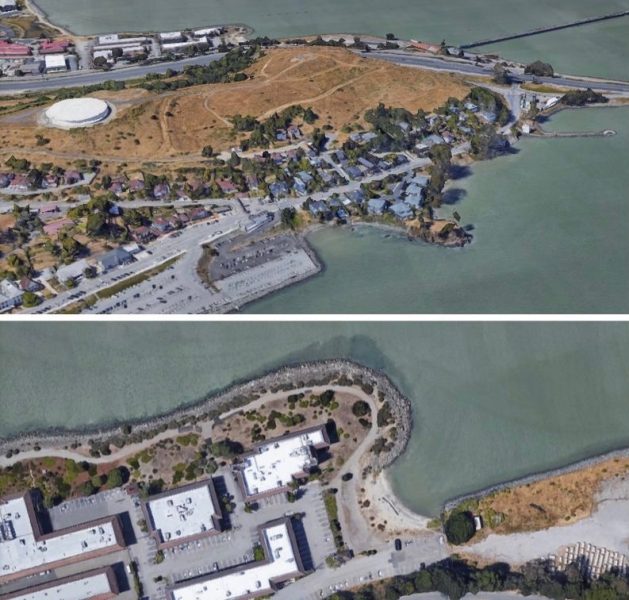
But from a bike, nooks and crannies quickly reveal themselves. Just a three-minute ride from the ‘office’, there was the tiny crescent of beach in the southwest corner of San Rafael Bay. Other windsurfers have told me that in the spring — when cold north winds prevail — this is the spot to be. Sailing on a high tide is recommended to stay above the mud. Even without wind, people sat by the beach, as one does, and stared at the water.
The beach is also where the trail into San Rafael begins — it is officially the John and Jean Starkweather Shoreline Park (John was a pioneering clinical psychologist and teacher at UCSF), which borders several miles of reedy marshes packed with squawking birds. These last few weeks in the Bay have been glassy, even as high-wind warnings have caused pre-emptive power outages to hedge against wildfires. The hills are not gold or brown, but parched white and bone dry.
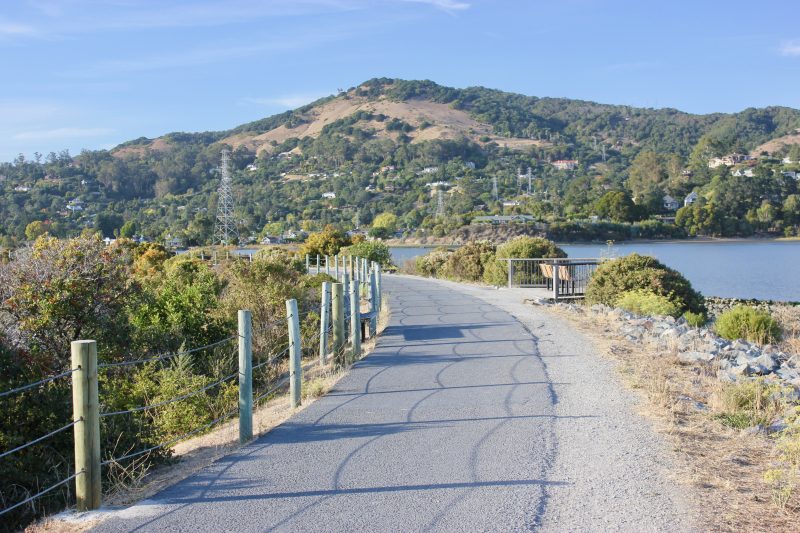
I should take a moment here to wax poetic about the joys of riding a bicycle, which I haven’t done in years, because the idea of riding in Bay Area traffic seems at best masochistic, and at worst, like expediting a death wish. But give me a long, empty trail along the water and I’m good. Not unlike sailing or paddling, there is something deeply charming about non-motorized automotion. Not unlike windsurfing, there is a satisfying grace and flow in using your muscles and balance to go fast and quickly cover great distances.
After zigzagging past industrial offices and businesses, then toward the hills in San Rafael, and finally toward the narrow strip of water that cuts the town in two, the Starkweather trail eventually deposits you onto busy streets in the Canal Area, a densely packed neighborhood that’s mostly condos and apartment buildings. If you like good food, then you will find the Canal Area a heaven anointed with wafts of delicious smoke floating off the grill.
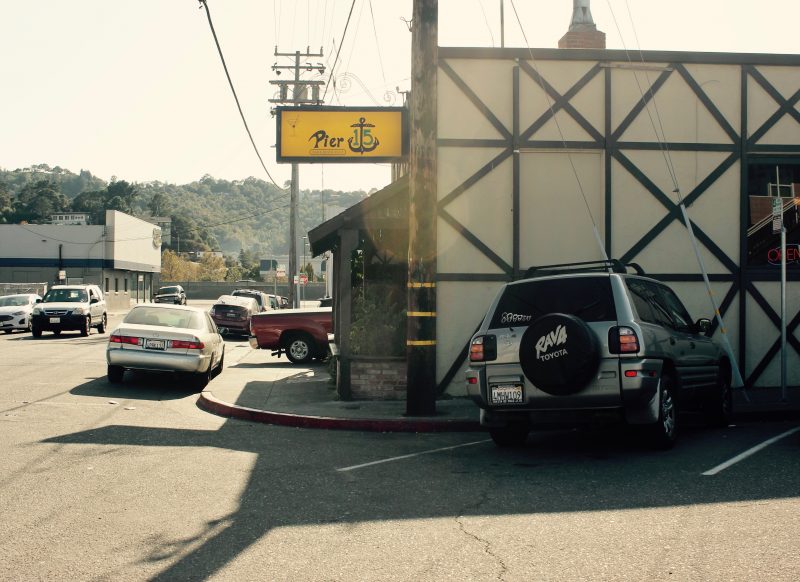
You kind of have to run into the Canal to find it. Never has a body of water been so well hidden and thoroughly under celebrated. “San Rafael is technically a waterfront town, but it’s hard to find,” said sailor Peter Brown in a 2018 story. “As the town developed, they seemed to have tried” their best to hide the waterfront.
I thought I know all the waterfront restaurants in San Rafael (because there are like, two), but I stumbled onto Pier 15, which has a small, covered deck butting up against a crowded marina packed with old and obviously stationary boats loaded with stuff and covered in tarps.
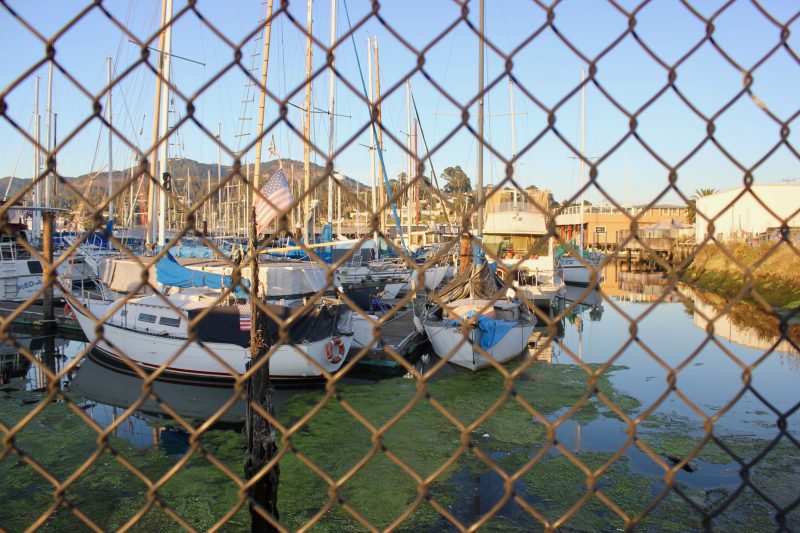
I forgot to be happy to have stumbled across a funky, old marina, because it felt a little melancholy, the way boats seem to become floating storage units, or maybe even headstones decaying in a cemetery commemorating a once-active sport and lifestyle.
Sorry, that’s a bit extreme.
After riding the Starkweather trail over the past week, I saw a well-used trail cutting through a multitude of neighborhoods full of walkers, joggers, dogs and their owners, and fisherman. But the Bay was empty, empty — but those were weekdays. This past weekend, as the Blue Angels practiced their choreography across the sky, there was a steady stream of boats transiting the San Rafael channel to and from the Bay. The majority were motorboats, but beggars can’t be choosers.
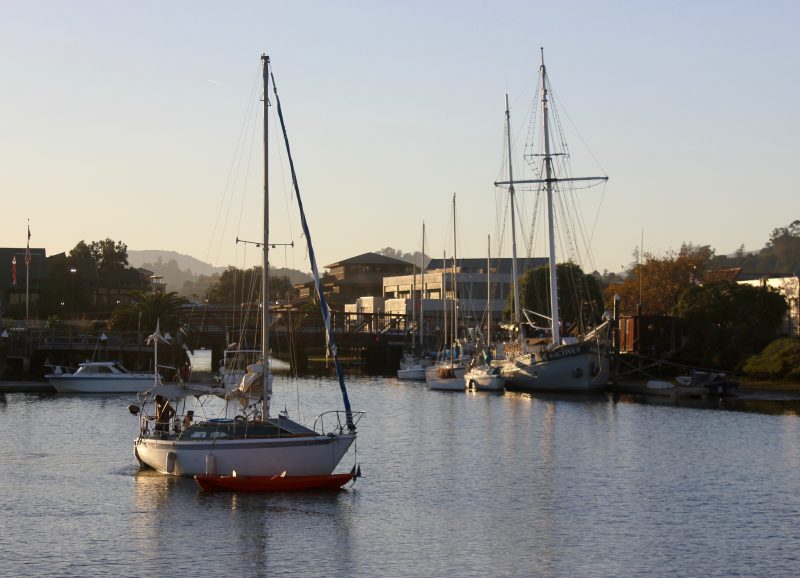
While Latitude would prefer to see San Rafael’s trails leading to abundant marinas full of well-used boats, biking the city’s waterfront has still been a pleasant and unexpected surprise. Will the ratio of trails to boats continue to skew into the future? Only time will tell.
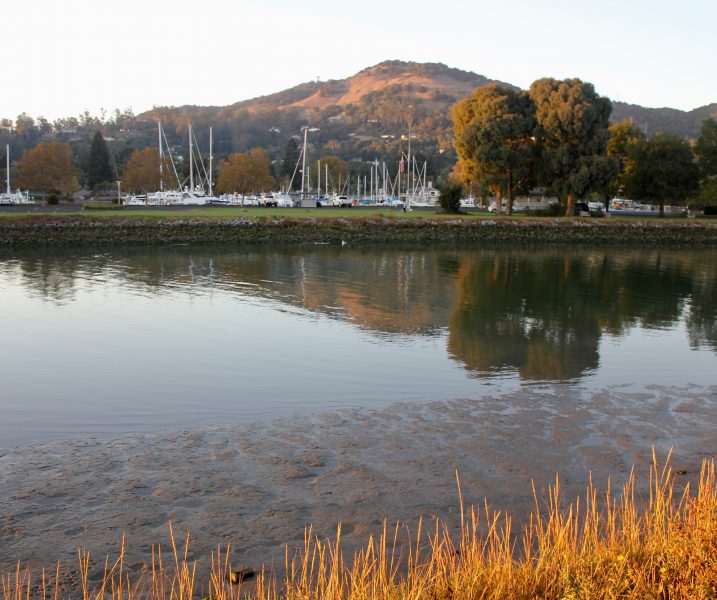
What are some of your favorite waterfront trails, both here in the Bay and anywhere in the world? Also, are bikes an important part of your sailing repertoire? Please email us here, or comment below.
A Shout-Out for the YRA Calendar
As the big fall regattas wind down this month and midwinter series begin next month, it’s time to look ahead to 2020. Laura Muñoz at the Yacht Racing Association is hard at work assembling the YRA Master Schedule. Meanwhile, the crew at Latitude 38 is hard at work creating the 2020 Northern California Sailing Calendar, which will include the YRA schedule. We encourage clubs and organizations to get their dates in ASAP to help grow race participation and club membership. Please send your regatta schedule to Laura at the YRA and information about your youth programs to Latitude 38 by October 26.
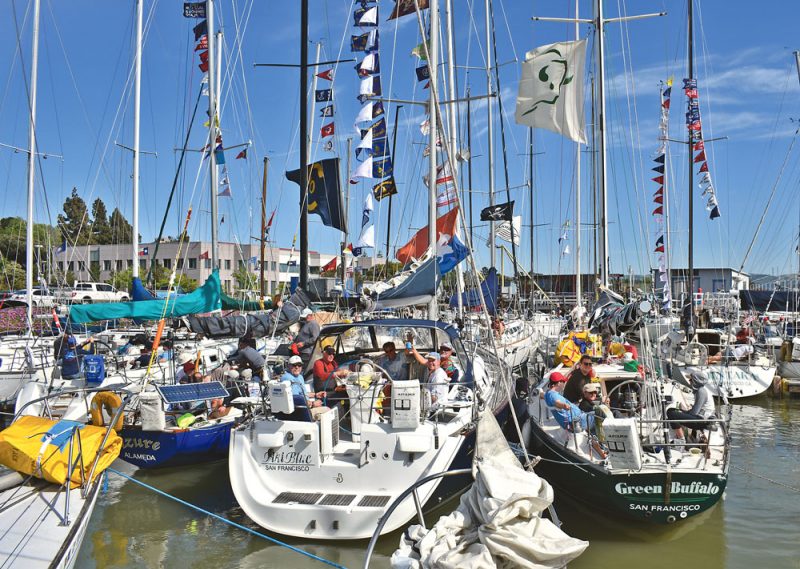
We know it’s complicated process to figure out your organization’s schedule. SailGP will probably return to San Francisco, but we don’t have dates for that yet. We can tell you that the Pacific Sail & Power Boat Show will be held on April 16-20. Mother’s Day is May 10 — you probably don’t want to schedule a race on that day. Easter will fall on April 12. The 20th annual Summer Sailstice weekend will be June 20-21. Master Mariners has already committed to combining the Sailstice with their Wooden Boat Show. (June 21 is also Father’s Day.) Adding to the complexity of the process is the changing of the guard on club boards at this time of year. Many clubs actually started working on their schedules in late summer. Laura already has several.
The Calendar is free; advertising pays for its production, printing and distribution. Be sure to get your ad in to Mitch or John by November 5. Then, on December 30, sailors will be able to pick up the 2020 edition and start making plans for a great new year on the water.

